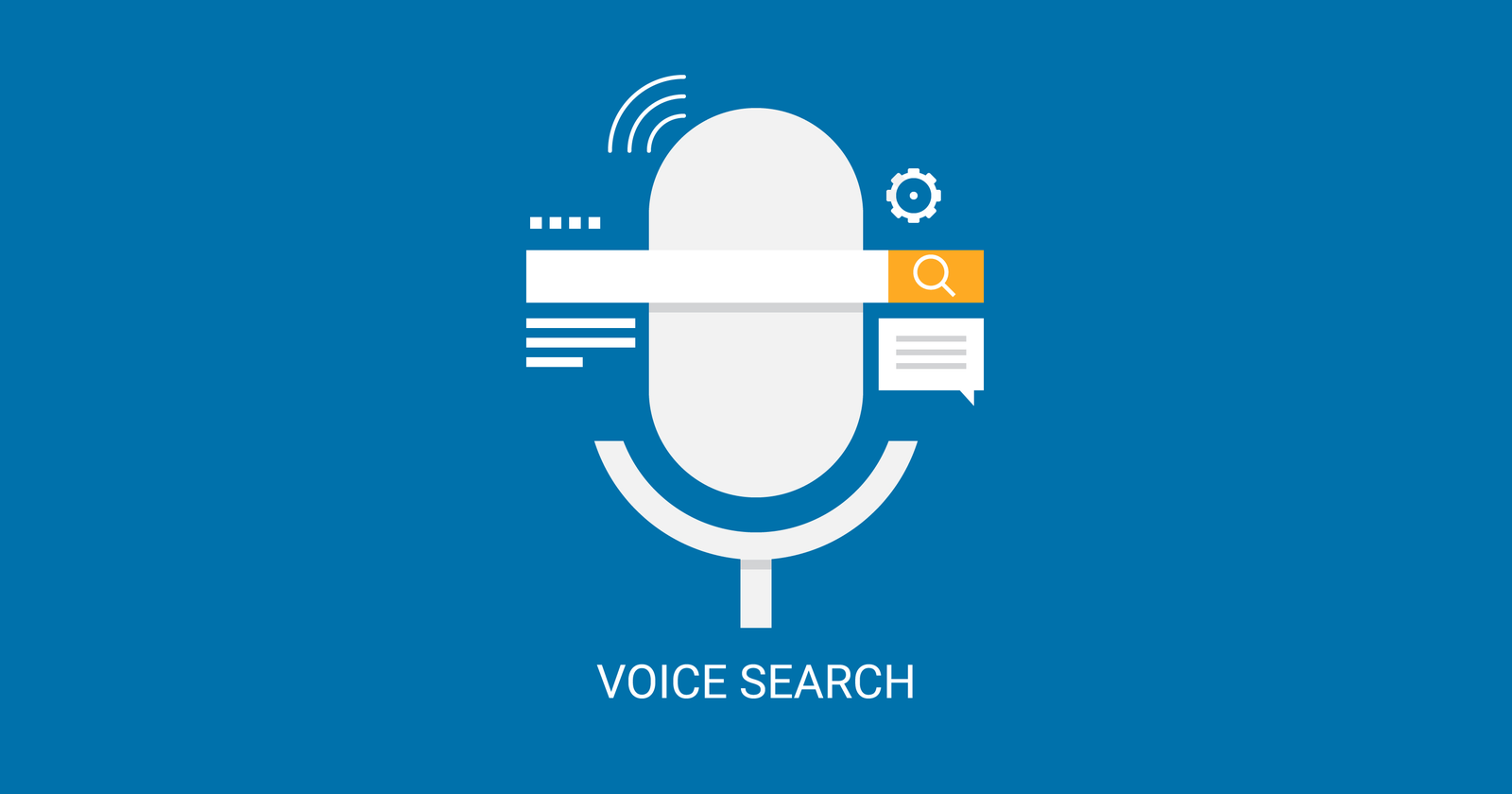Search engine optimization (SEO) can help you build a robust marketing foundation for your business.
In fact, it allows you to have an even playing field against corporations and enterprises. That’s because if you have an effective SEO campaign, you can beat large brands in search engine ranking.
But when executed poorly, ranking on search engine result pages can be challenging. That is if you can make your website rank somehow.
However, you might be wondering how search engine rankings can make a small business grow.
Here’s the thing: If your website is ranking well for relevant keywords, more people will come across your brand. This can lead to an increase in organic traffic, which you can convert into paying customers.
If you want to reap such benefits, here are ten affordable ways to do it:
Table of Contents
Toggle1. Start Blogging
Google loves blog content. If done correctly, it can deliver exceptional value to your readers. By creating valuable and relevant content, you can drive high-quality traffic to your site. And then you can turn these website visitors into sales.
If you want to develop content for your site, you should focus on going beyond the 500-800 word count.
When you publish long-form content, you’re achieving two things:
- You impress Google by offering depth and keyword-rich content, which it will show to users.
- You’re impressing users and letting them spend more time on your website. You also significantly reduce your bounce rates and increase the page duration. This will also tell Google indirectly that the page is relevant and a worthy read.
Although it is one of the affordable SEO services for small businesses, never compromise quality for quantity. Meaning, creating long-form content for the sake of word count is a no-no.
Not only will it leave a wrong impression on your site visitors, but also with Google. So, when you create long-form content, focus on the quality instead of the fluff.
2. Optimize Title Tags
Sometimes, making minor, common-sense tweaks on your title tags can make a huge difference.
This is true, especially if you own an e-commerce website that comes up with default titles based on taxonomy and your site’s name.
A typical example of an unoptimized title tag is “Blog post number 001.”
Sure, it informs you what the page is all about. But what about your target audience? It is not keyword optimized, either!
As such, it would be best to specify what the page is all about and then add your brand name. So, if your blog post is about cultivating a positive body image, your title tag should be like this:
“X Ways to Develop a Positive Body Image – Your Website Name”
It let your audience know what the page is about, and it also includes your target keyword (positive body image).
3. Leverage Social Media
Social media is a great platform that allows you to connect with your target audience.
Nurturing these kinds of relationships on social media brings exposure to your content. Thus, it increases the chances that someone will blog or link to it.
Most customer-facing businesses will likely flourish on platforms like Facebook and Twitter. Meanwhile, B2B companies will probably focus on platforms such as Twitter, LinkedIn, and Facebook.
If you regularly come up with attractive, appealing images, you can add Instagram or Pinterest to the list as well. Meanwhile, if you love creating videos, then YouTube is a perfect platform for you.
4. Research The Competition
Know who your organic-search competitors are.
However, competitive research is more than knowing which websites are ranking for your target keywords. It would be best if you also asked the following questions:
- Why are they doing exceptionally well with organic search?
- What content themes do they include which you don’t?
- How will you structure your site, targeting valuable keywords?
- How will this engage shoppers?
In the same way, you should also check how they are performing on social media. Look for customer testimonials, if there are any, and see what they say about your competitors. That way, you will know how you can position your website on the interwebs.
5. Work On The Loading Speed Of Your Site
It’s been over a decade ever since Google has made speed a ranking factor.
No one wants to wait for that long for a site to load. Also, because mobile browsing is more ubiquitous, speed has become increasingly important.
Fortunately, working on your site speed is one of the most affordable SEO tactics out there. Have a talk with your developer about the scripts that slow down your site and fix them.
Use tools like Google’s PageSpeed Insights to check for your site speed. If it takes at least four seconds to load, you should get in touch with your developer.
Improving your site speed and shaving off your site’s loading time can do wonders for your small business.
6. Work On Keyword Research
An excellent SEO program usually relies on keyword research to do the following:
- Know the words and phrases that searchers use
- Know which keywords to target
- Gauge the demand for your products

Far too often, many marketers use jargon in their specific industry.
However, don’t assume that this is what your target audience wants or searches for. It would help if you still did your research.
There are free tools you can use. An excellent would be the Google Keyword Planner, although you might need an active Google Ad Campaign to access this most valuable keyword data.
Other keyword tools offer a paid subscription. However, there are still some that suggest keywords for free without giving data based on popularity.
7. Create A Mobile-Friendly Webpage
Do you know that almost 60% of online searches come from mobile devices?
Also, the fact that Google changes its algorithm to accommodate this growing trend is telling.
So, optimize your site for mobile, and you’re sure to have better rankings on Google.
8. Practice Internal Linking
Ideally, when writing blog posts, link your content to your other blog posts.
Doing so lets you deliver more link juice to other pages of your site. It’s also a lot easier on Google’s part to crawl or link your pages, and users will stay on your site much longer.
However, if you have to do internal linking, always do it with the utmost caution.
Stay away from using too much anchor text in your links. If you do, Google might think that it’s a form of manipulation, and your site might end up penalized.
9. Optimize Images
Images usually take up significant space and might even cause your site to look cluttered, significantly decreasing site loading times.
As much as you need them in crafting the perfect blog post, know that the average image recommended for blog posts is 1200 x 628 pixels.
To SEO-optimize these images, make sure that you don’t compromise the image quality to hurt your SEO rankings negatively.
10. Optimize Other On-page Elements
Finally, you need to optimize other on-page elements on your website. This includes:
- Keyword-rich web content
- Search engine-friendly image and video ALT texts
- Come up with a keyword-rich section like an education portal or a blog.
Also, be aware of the textual elements found on the page. This includes the title tags, meta descriptions, headings, and more.
If you want to work on your site more cost-effectively, follow these cheap SEO techniques that we shared. Good luck!






